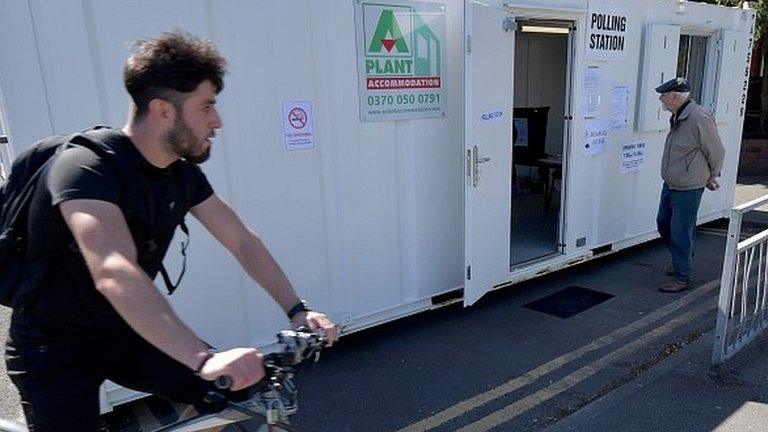Analysis: Where the parties stand... so far
- Published
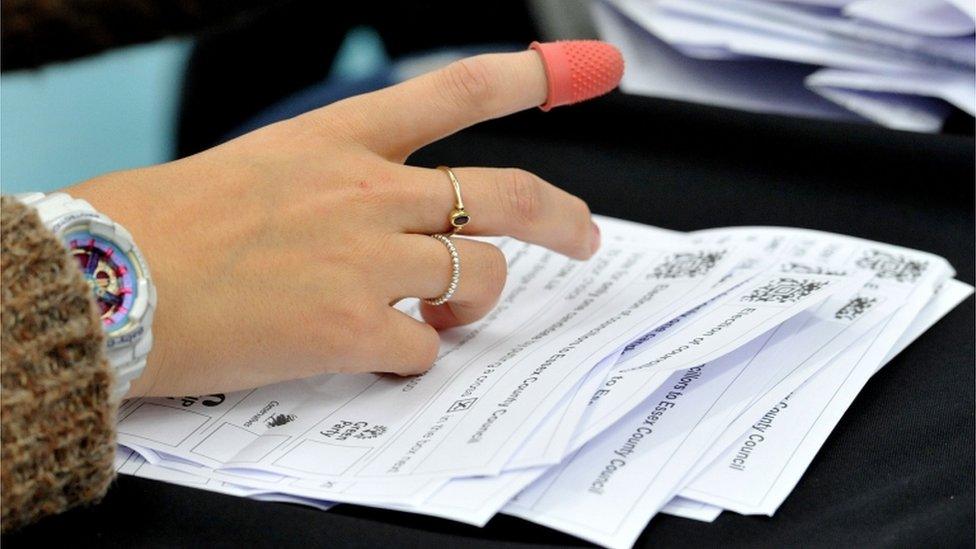
Early results suggest a good night for the Tories but many votes are yet to be counted
If the final result to be declared in these local elections, much, much later today, is the summit of the electoral mountain, this morning we are barely above sea level.
Flip flops on, we are still on the beach.
But for those of us up all night to witness the nocturnal arithmetic, clear trends began to emerge very quickly.
The Conservatives up.
Labour and UKIP down.
The Liberal Democrats patchy.
Let's be more specific: Tories will rejoice on the basis of the results we have so far.
They suggest the national opinion polls, giving their party substantial leads, are an accurate reflection of the sentiment of voters, and so will hope the prime minister's decision to call a general election will be rewarded with a significantly bigger majority next month.
Humiliation
For Labour, the fears of those within the party who thought they would get a kicking are coming true, at least so far.
Take Gillian Troughton.
A case study in humiliation.
In February, she fought the Copeland parliamentary by-election in Cumbria for Labour.
It was an area that had returned a Labour MP for more than 80 years.
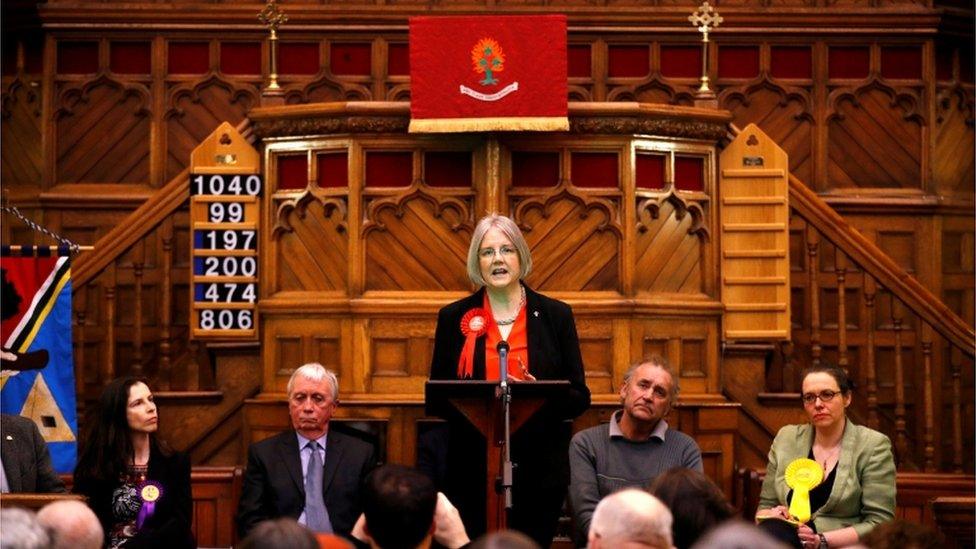
Gillian Troughton lost out to the Conservatives, twice.
But she lost, to the Conservatives.
Now she's lost her seat on Cumbria County Council to the Tories as well.
The swing from Labour to the Conservatives, across the results we have so far, is substantial.
UKIP's vote is collapsing heavily.
The party has been wiped out in Lincolnshire, the very spot where its leader Paul Nuttall will fight for a Westminster seat next month, in Boston and Skegness.
What about the Liberal Democrats?
They can point to some high moments: their former MP Tessa Munt beating the Conservative leader of Somerset County Council, for instance.
But, for all their talk of a Lib Dem fight back, it is not amounting to much so far.
There are those key words again though - so far.
The night, and the day to follow it, is young.
- Published5 May 2017
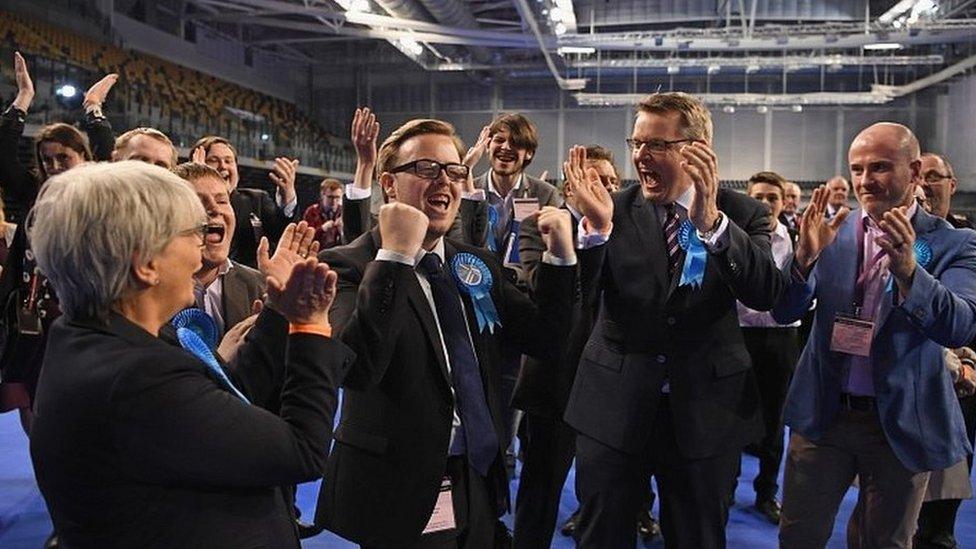
- Published3 May 2017
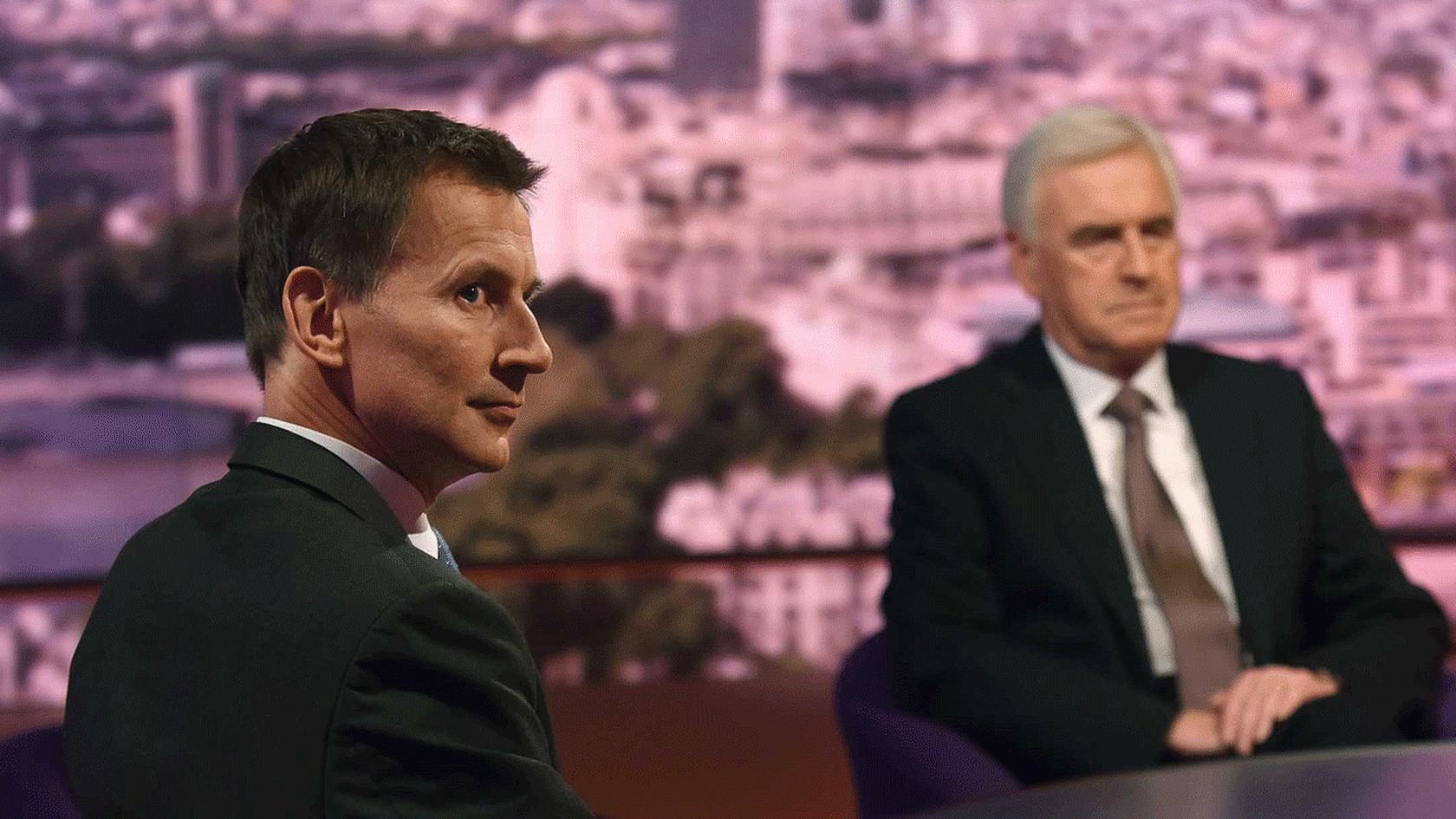
- Published4 May 2017
- Published3 May 2017
